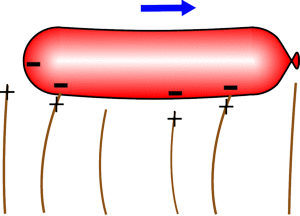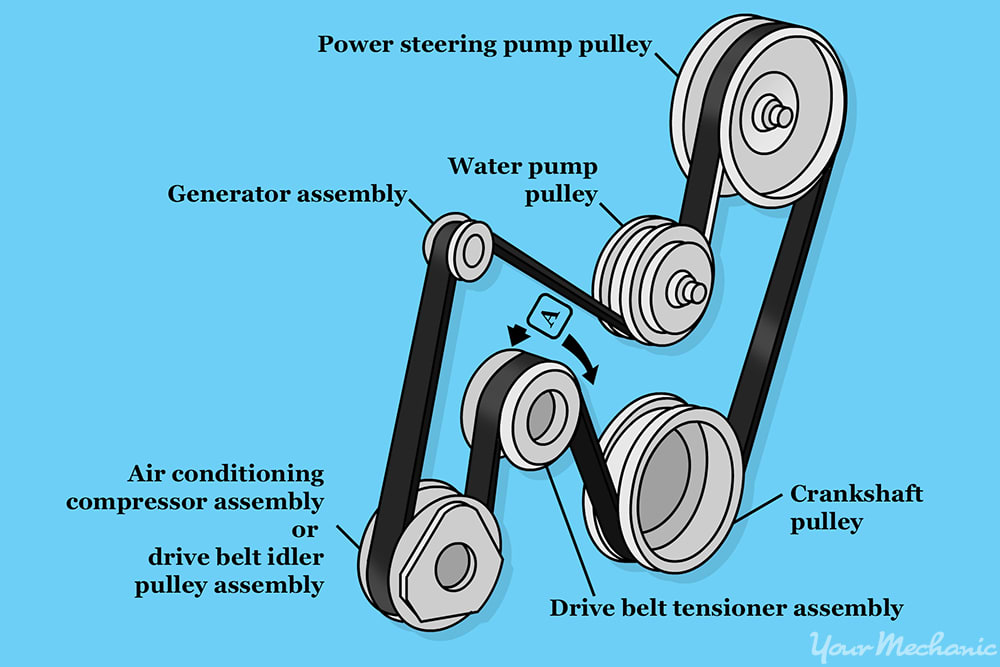johnwang wrote:dspyrido wrote:Shoulder & hip ...
One part moves, all parts move is not always true. When your upper-body and lower-body move into the opposite directions (such as foot sweep), your shoulder and hip act like the "door hinge" and do not move at all.
It depends on your understanding, relaxation and awareness. If you take the front facing circle silk reeling that CB is doing above the feet do not move in space. If you are relaxed and your body is connected you should feel the muscles and tendons moving in your feet. One part moves, all parts move refers to the body being
connected. Think of a long thin balloon that's not inflated.

If you pick up one end a few inches it wont affect the other end. Inflate the balloon so there is a light stretch throughout.

Now if you pick up one end it affects the other end. All parts of the balloon are
connected when it's inflated. That's the idea behind
One part moves, all parts move.
One part moves, all parts move is not a scientific theorem; it's a maxim meant to convey a concept.
Think of a serpentine belt.

The crankshaft, water pump, a/c, and so on don't move in space, but the belt is moving and parts are rotating, and water gets pumped, electricity is generated and so on. In the body some body parts that are free to move will move in space, but
One part moves, all parts move doesn't mean everything is moving in space.




